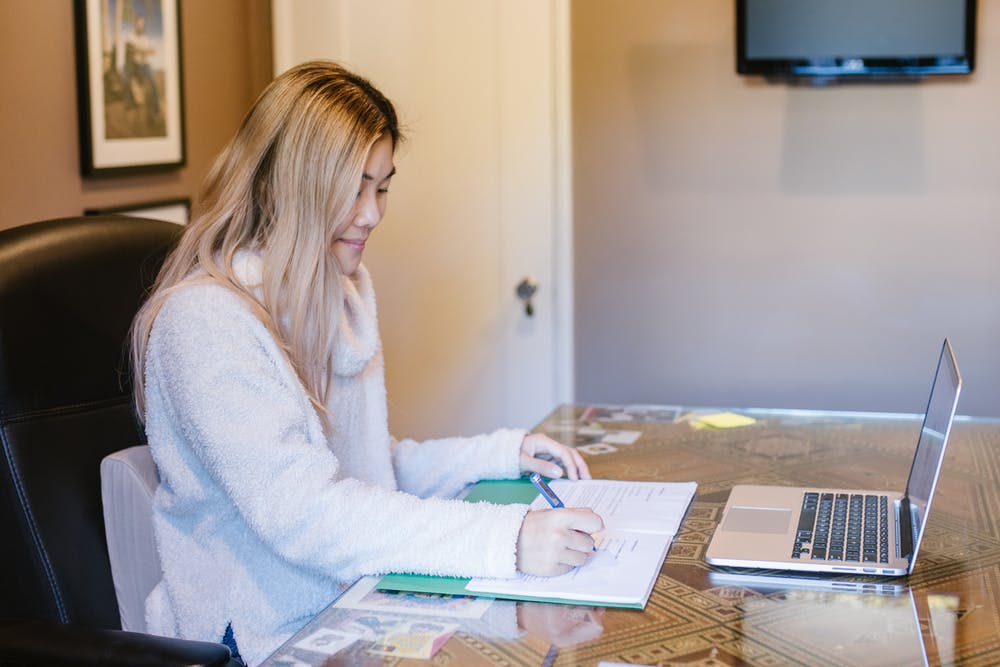7 min read
Share this post

When one makes a wish they are expressing a keen desire for something. Whether it is an object, a situation, a person, a job or anything; when you wish for something it means you want it. This is a fundamental part of being human, having the ability to express wants and needs. So, this wishes in the present lesson plan is perfect to help your students to learn to do exactly that. Continue reading to find out how to teach wishes in the present as well as to find a free Off2Class ESL lesson plan download on the topic.
So you are teaching wishes in the present to ESL students and you want to do it as effectively as possible. Well, you are in the right place. This lesson plan is designed for intermediate students comfortable with forming sentences and completing activities. It introduces verb forms used after to wish for wishes about the present. Also, it introduces ways for students to concept check real versus unreal outcomes. Finally, this lesson provides ample opportunities for students to practice making wishes about the present.
You can download the lesson plan below:
To start, your students will complete a warm-up activity where they will be asked to read sentences containing I wish. This will allow your students to gain an understanding of how I wish is used in sentences. Then you will reach the point in the lesson where you can introduce students to the definition and explanation of to wish. This is a great opportunity to help teach your students about true students and how they can convert into future wishes. Finally, to practice this they will match some true statements with wishes about the future. Some students might need you to show them how to do it at first as an example. However, this is a great practice to help them make wishes in the present. Later in the lesson students will also match true statements with wishes about the present as well.
Next, your students will make wishes about the present by properly conjugating verbs and filling in the blanks with them. Even though this gap exercise seems straightforward I notice that some students struggle to conjugate verbs related to using wishes in the present.
From here they will learn how to use be in two different forms: were and was. It should be noted that was is considered more formal than was for use in wishes. Then you will cover how to use the modal verb can. Can becomes could in the past simple. With this knowledge and your guidance, students will then continue to work on gap-fill experiences.

Moreover, students will work to analyze incorrectly written sentences. Using their knowledge of wishes in the present, they should be able to correct these sentences. If they are having trouble, you can give them options or prompts to help them correct these sentences.
As you come toward the end of this lesson plan, you should encourage your students to make wishes by completing a sentence. This is where students can get especially creative. If they are having trouble brainstorming wishes, ask extra and relevant questions. Also, share your wishes with a student. This is a great portion of the lesson where you and your students can connect on a deeper level.
The lesson concludes with freer practice, where students make sentences independently using question and picture prompts. This along with the other exercises is great for students that want to learn to describe people and express themselves more clearly personally and professionally.
Upon completion of this lesson, your students should be able to express wishes without prompts, from their perspective. They should also be able to decipher what others wish based on the context of pictures or given texts.
To teach this lesson effectively, be sure to utilize the whiteboard and canvas in order to display additional text or options for students. To access these, be sure to make a free Off2Class account. It’s almost important to note that this lesson might take more than one session to complete (it’s case dependent). It is dense in content so it might be useful to split this into two classes. Be patient and encourage students as this content can be difficult to retain.
This detailed lesson plan includes a portion where students differentiate between true and untrue statements. I encourage you to help them use pictures to create added context and provide additional information. You will find that the images used throughout the lesson are especially useful in creating the context for the situations described in the text.
This lesson also contains fantastic tables that clearly outline the role of the subject, object and wish in sentences. Be sure to ask students to make sentences by reading across the table. It’s important to note that students do not have to use that in all of these sentences— no need to correct a student if they do or don’t use it.
With this teaching wishes in the present lesson plan, teaching ESL has never been easier. Please let us know what you thought of the lesson plan by commenting below. Off2Class loves to hear from teachers like you!
Share this post


